We have just celebrated, at the beginning of this month of July, the international kissing day. Taking different forms, and having different meanings, kissing is practiced in several parts of the world, has its share of benefits, but also comes with its health drawbacks. Overview.
Philematology is the science of kissing, and explores its biological, anatomical, and physiological foundations, just to name a few. From the friendly kiss, to the maternal kiss, or to the loving kiss, to the greeting kiss, or the ritual kiss, to the butterfly kiss, or Inuit kiss, to the kiss of Judas, to the “French kiss”, each one has a very precise place in different social norms around the world. But where does this practice come from?
Although there are few theories as to its source, some believe that kissing would come from our ancestral practices, precisely through kiss-feeding, when mothers premasticated food for their infant before feeding them through mouth-to-mouth. Others believe that this practice is innate and natural, as it is also observed in some animal species.
A kiss can be a symbol of friendly or parental affection, of love between couples, or a religious ritual, among others. It has been present in sacred books for centuries, Vedic texts dating from the 15th century BC, to the biblical texts of St Peter “Greet one another with a kiss of love”.
What are the effects caused by the act of kissing? This is an interesting question as it reveals that a simple kiss can involve between 23 and 34 facial muscles, 112 postural muscles, and can burn from 5 to 26 calories per minute. In addition, research in neuroscience has shown that kissing causes a whole series of biochemical reactions in our body: secretion of oxytocin, more commonly called the love hormone, which will lower our blood pressure and heart rate. Kissing also helps to reduce stress, with a decrease in cortisol and an increase in dopamine.
Unfortunately, as there are always two sides to every story, kissing can also be a source of infections. According to the American Journal of Medicine, “a number of pathologic organisms can be transmitted by kissing, including upper respiratory infective viruses, herpes simplex, and Epstein-Barr viruses, as well as pathogenic streptococci, syphilitic spirochetes, and Mycobacterium tuberculosis bacteria ”.
It is also to be noted that kissing was not recommended, and was even prohibited during pandemics. Thus, in the early 1600’s, Henri IV prohibited the practice of kissing in France because of the plague epidemic. Kissing is also strongly discouraged four centuries later, during a certain COVID-19 epidemic…
Where do Mauritians stand in light of this, as most of us grew up with kissing deeply rooted in our culture of greeting, or our expression of love and affection? In these post-COVID times, we must limit the expression of our feelings with members of our household only and respect the rules of social distancing. Why not an opportunity to strengthen family ties, while waiting for better days…

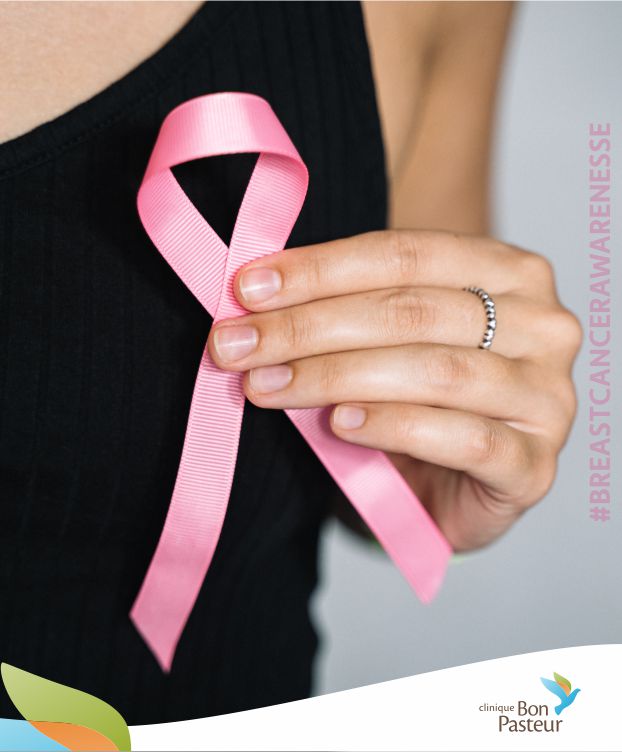


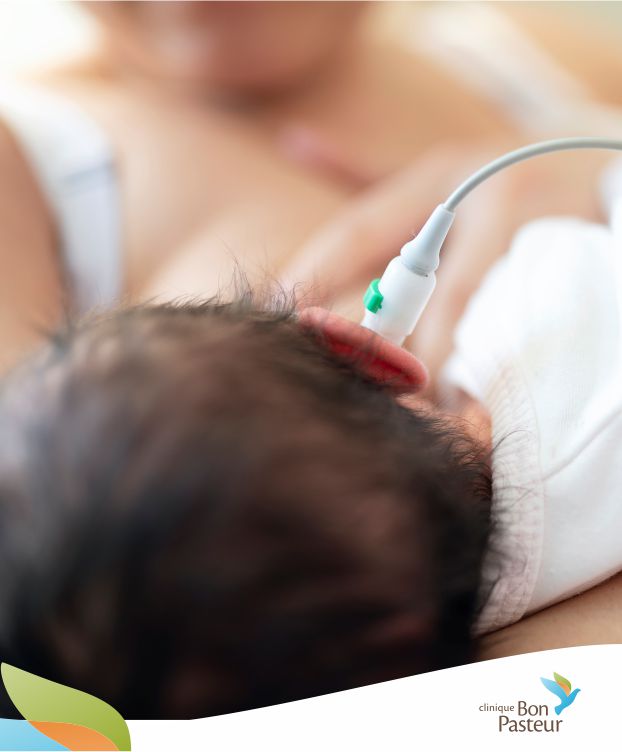
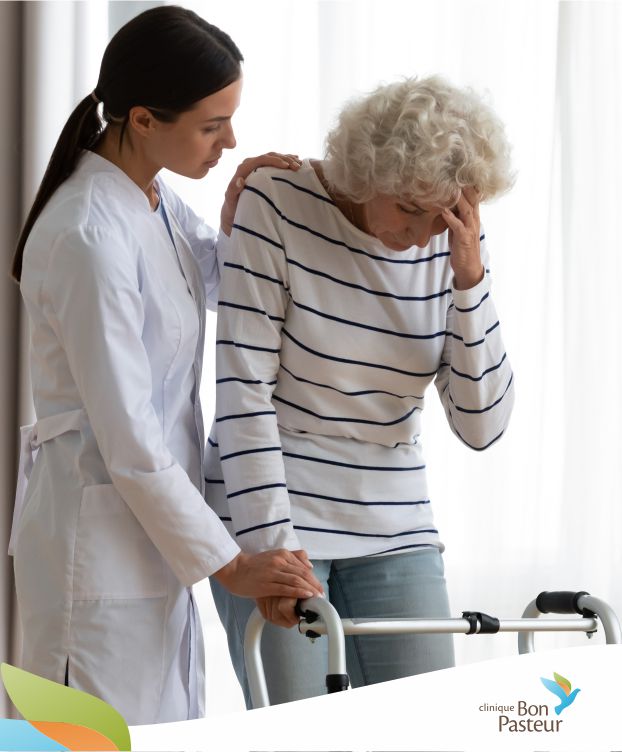
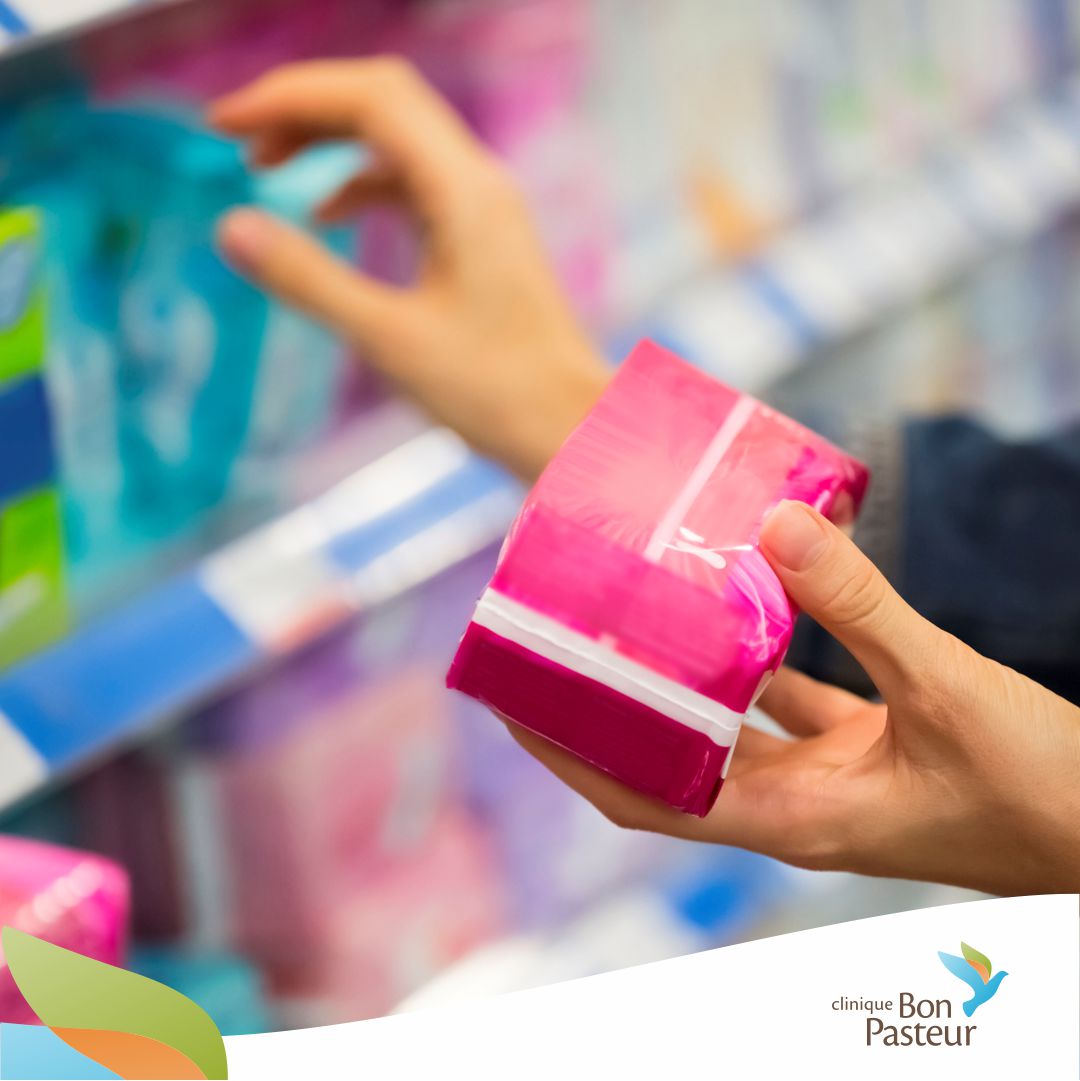
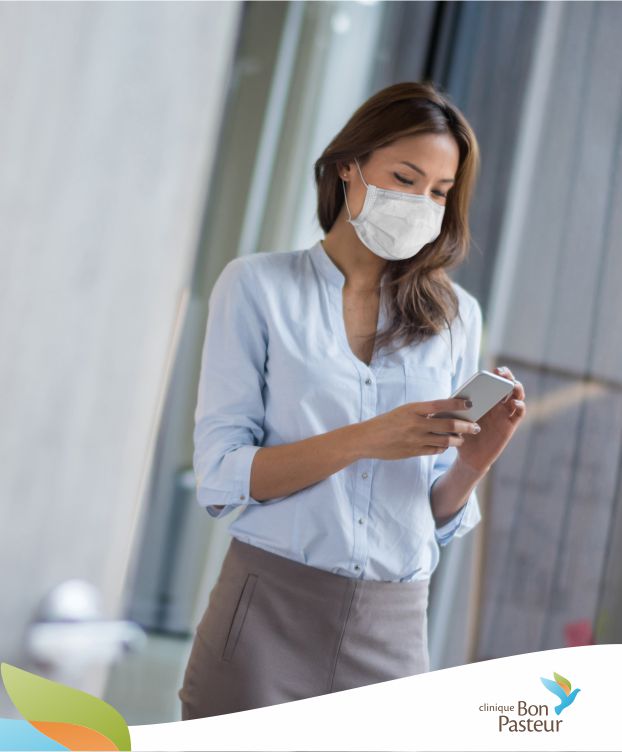
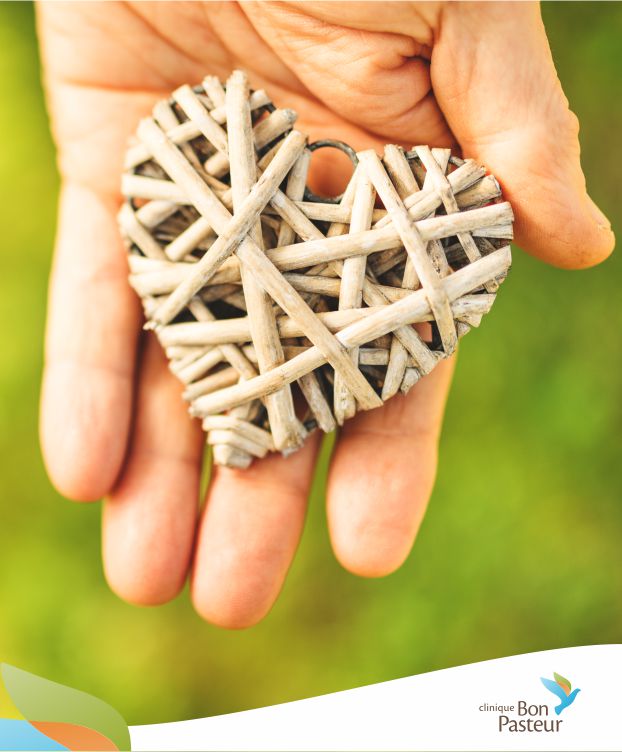
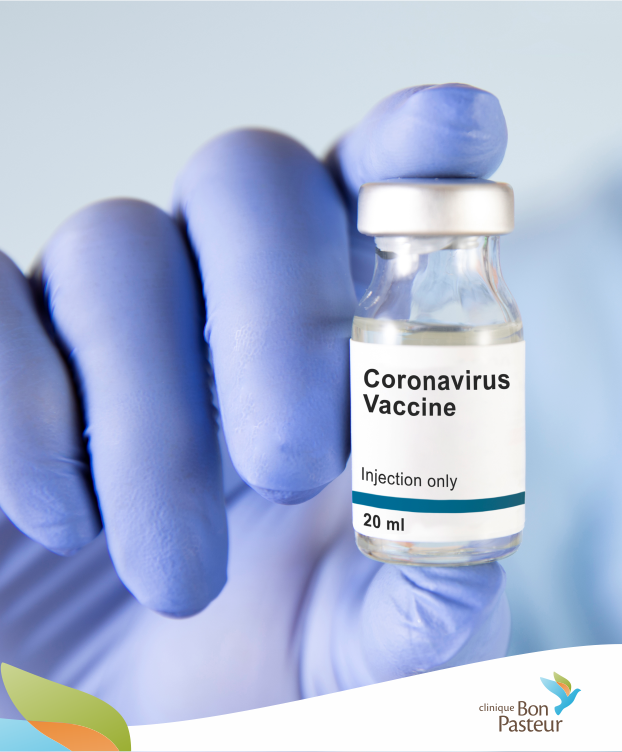

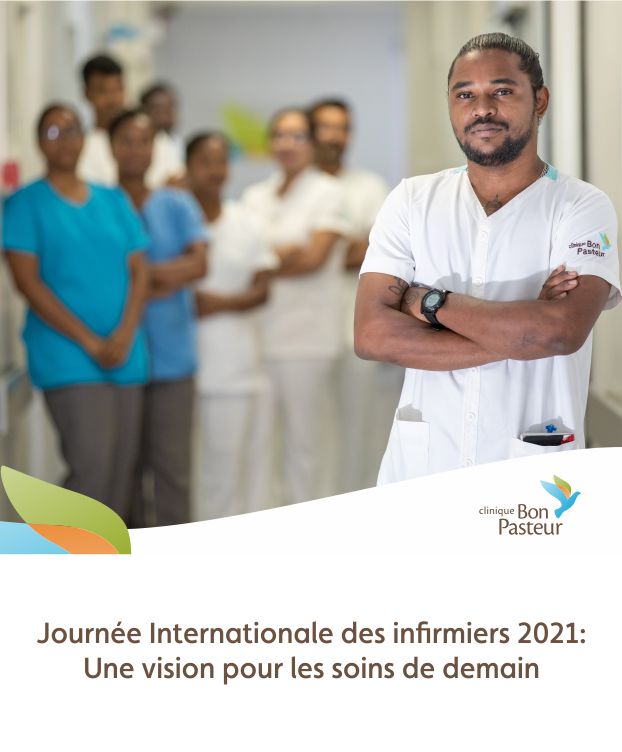
Otolaryngology (ENT) is a branch of medicine that specialises in the diagnosis and treatment of disorders and conditions related to the nose, throat, ear, as well as the head and neck area. The most common health concerns requiring the services of an ENT, include problems with the thyroid, adenoids at the back of the nose, or tonsillitis. But what exactly are the risks associated with infections in these areas?
The thyroid is used to regulate our metabolism. When it is not working properly, lumps can develop in the gland, and be visible around the neck. Signs and symptoms related to this include hair loss, a hoarse voice, an irregular menstrual cycle, a cooling effect, and sometimes depression. If the gland functions overly well, it can lead to weight loss, diarrhoea, hand tremors, sweating, or restlessness. “More women are impacted by thyroid dysfunction than men, usually around the age of 25 or 30. These lumps in the thyroid can be benign, or they can be tumours that will require surgery”. So what about those who are impacted by this? “The thyroid surgery service is a specialty that is my field of intervention, and this service is already available at the Bon Pasteur clinic” says Dr. Yashirally Peerbaccus.
As for adenoids in the nose, it is mainly related to paediatric ENT. This can lead to issues like ear infections, bronchiolitis, recurrent infections, even dental cavities and an underdeveloped jaw with bad teeth in children. It is therefore necessary to check whether the child is breathing properly through the nose or whether he is breathing through the mouth. “Mouth breathing can be related to adenoids in the nose, and an ENT specialist will look for the cause of this type of breathing and treat it. Moreover, in the field of paediatric ENT, we also offer a hearing screening service for new-borns”.
There are different types of treatments offered by an ENT specialist, and health issues are not necessarily addressed with surgery, as they can be treated with medication, or rehabilitation sessions among others. If your child or yourself are facing any of the signs or symptoms mentioned above, you can get in touch with Clinique Bon Pasteur at 401-9500 for an appointment with Dr Yashirally Peerbaccus, who has a consultation there.
As for this specialty, it goes way beyond. Did you know that suffering from dizziness, vision problems, or discomfort in a crowd can also be related to ENT? Stay tuned for a coming article on this subject.